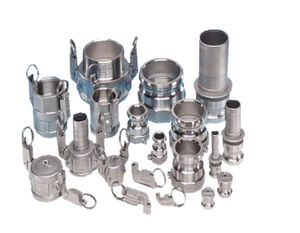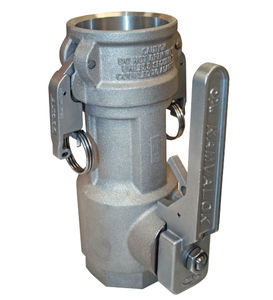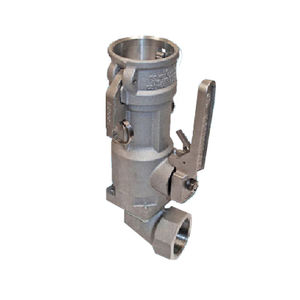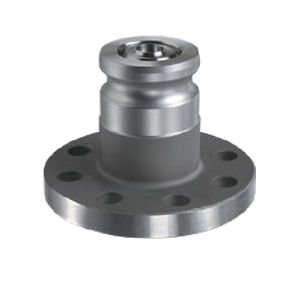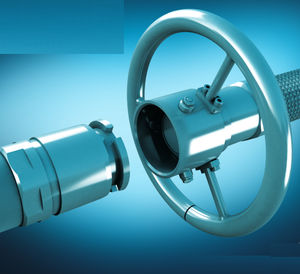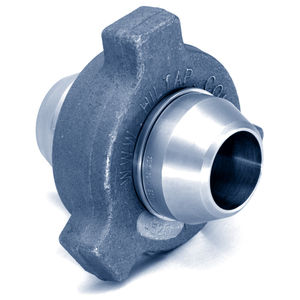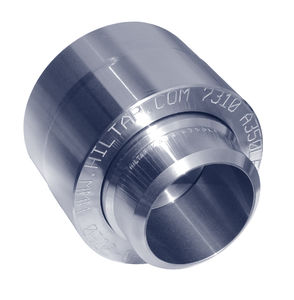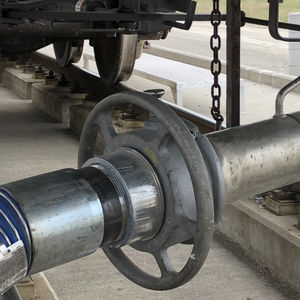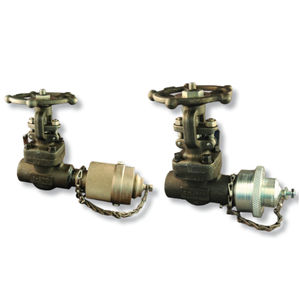
Hydraulic fitting Epsilon™quickHastelloy®transfer
Add to favorites
Compare this product
Characteristics
- Applications
- hydraulic
- Attachment
- quick
- Material
- Hastelloy®
- Other characteristics
- transfer, poppet
Description
Featuring an innovative double ball-valve system, Epsilon™ Dry Disconnect Couplings deliver the lowest product loss in the industry. A tactical balance of an unrestricted flow path and double shutoff reliability makes Epsilon™ the safest and most efficient coupling system in the world.
Features & Benefits
Lowest fluid loss, driven by the innovative unique double ball-valve system, ensures the lowest product loss in the industry.
Unparalleled safety with multiple interlocks that eliminate unintentional disconnects and chemical releases that could threaten worker safety and the environment.
Full flow with unrestricted flow path. No turbulence!
Optimal defense against cross-contamination with optional keyed couplings that mechanically lock out and isolate transfer lines.
Engineered for easy operation and maintenance with no special tools needed for seal replacements.
316 Stainless or Hastelloy® Construction for critical, aggressive, corrosive fluids.
1", 2" and 3" sizes
Pressures up to 435 psi (30 bar)
Ultra Low Spill Face Seal
This seal reduces the amount of spillage at disconnect to .2 cc. This seal is not pressure assisted and should only be used for applications lower than 100 psi.
Cavity Filled
Designed to reduce the possibility of contamination by entrapment of process fluid in the void normally found behind the ball and the valve body. Ideal for applications where cross-contamination and cleanliness is a concern. Back side of the valve balls are bored for efficient cleaning.
Catalogs
Related Searches
*Prices are pre-tax. They exclude delivery charges and customs duties and do not include additional charges for installation or activation options. Prices are indicative only and may vary by country, with changes to the cost of raw materials and exchange rates.




